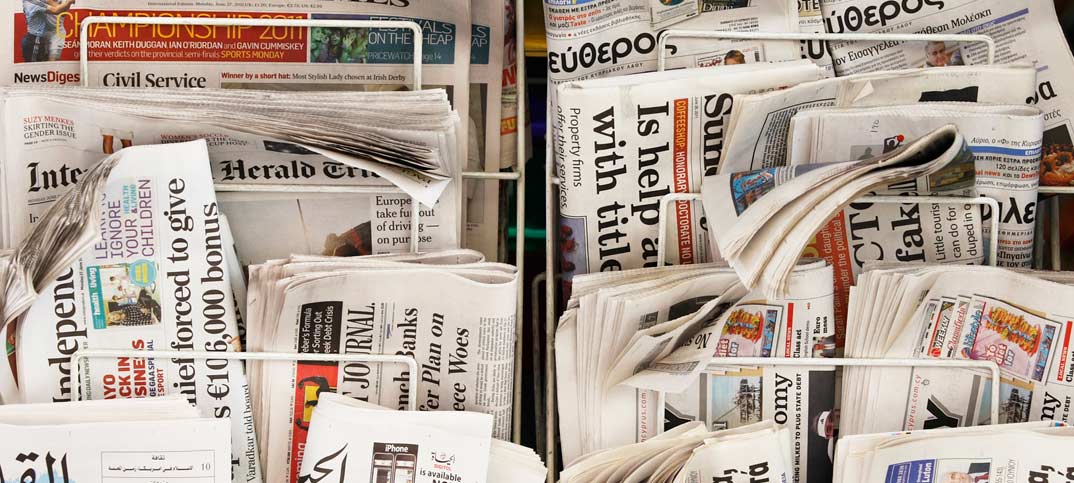Neville Rhodes’ column in the last RN before Christmas is headlined “Crisis point for the newstrade.”
He then wrote about the continuing sale decline and supply issues eating away at profitability of the category.
The image of the cartoon character Wile E. Coyote continuing to run beyond the cliff edge suspended in thin air before crashing to the ground came to my mind.
The newstrade has been in crisis for years, with publishers and wholesalers feasting on the efforts and cash of the retailers through lower margins and higher carriage charges.
My reality check is the changes in circulation numbers over the years. Neville states that in October 2017, total weekly sales of newspapers were 36.2 million, down 9.5% from 12 months before. I looked up the sales numbers for October 1997. These were 97.8 million copies per week, meaning there has been a 63% fall-off during the past 20 years.
The only title to have lost less than half its 1997 circulation is the Daily Mail. The Mail also tops the on-line ABCs with over 14 million average daily browsers.
Neville makes the point that sales at the average newsagent have now fallen below 100 copies per day. “If sales through HND, at busy travel points and some supermarkets are excluded, average sales through the rest of the retail trade must be considerably lower,” he adds.
In a recent article I suggested that with all the changes that are happening in convenience sector distribution it was time to develop a new plan for your business.
A key part of your research should be in how your various categories support each other in building your customers basket spend.
In 2009 I researched the value of newspapers in my store, and discovered that buyers of each of the national papers had different behaviours. The Sun reader was most valuable and the Daily Mail purchaser the least.
The Daily Mail was purchased by people who lived in my village and The Sun was mainly bought by the gardeners, builders, decorators and other tradesmen who did work for the residents. To fully understand the value of newspapers in your store you need to discover what other products are bought with each of these and all your other daily products.
Store space is expensive so make 2018 the year you make the less profitable space (and the rest) work harder.
For more of Steven Denham's analysis, read about his thoughts on why smart energy is a smart investment.



Comments
This article doesn't have any comments yet, be the first!